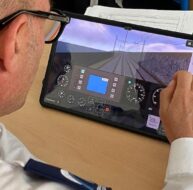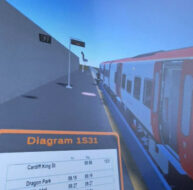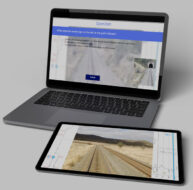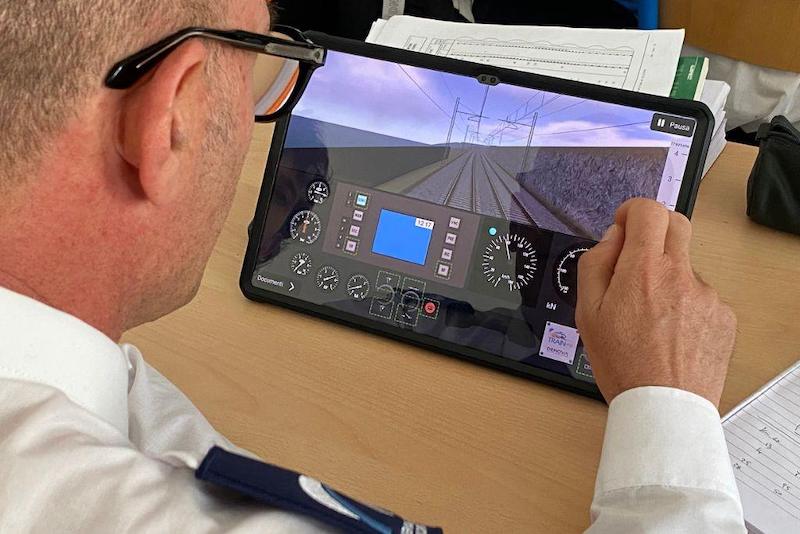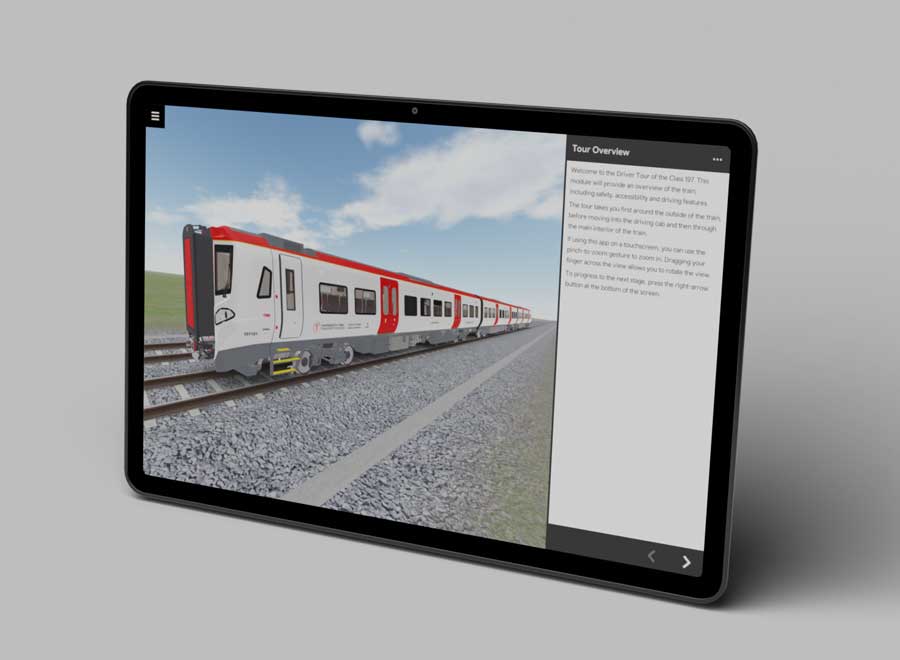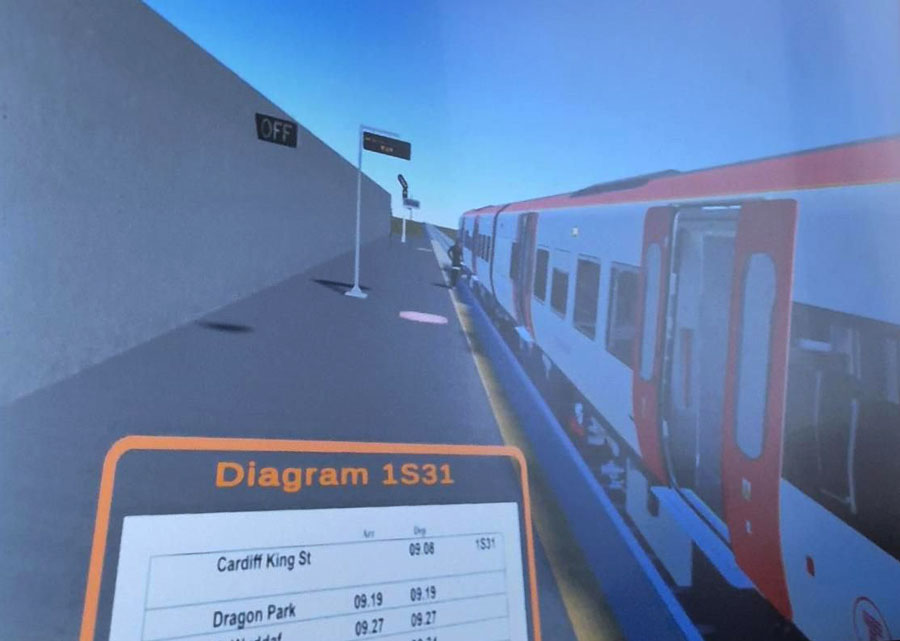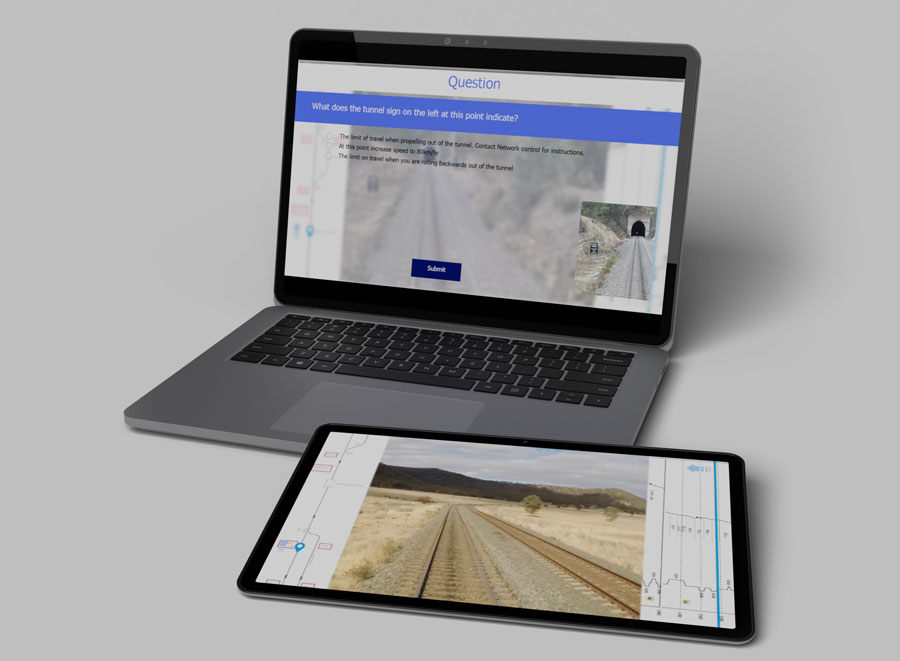How using data can accelerate driver training whilst maintaining safety standards across Australasia
Old training methods and techniques won’t deliver the required throughput without the threat of compromising standards.
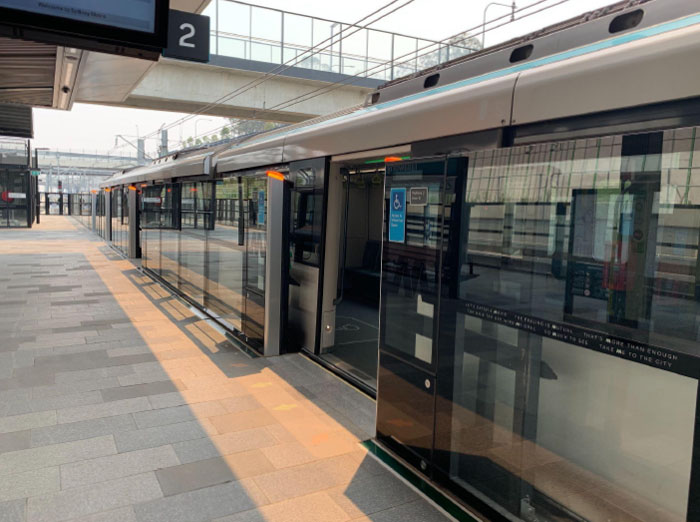
The rail industry needs to ramp up driver recruitment however it understands that using the same old training methods and techniques won’t deliver the required throughput without the threat of compromising standards. The approach has to be smarter, but how do you know if changes to your training strategies are working?
The answer is of course, DATA, plain and simple. You have to be able to review in real time, or as close as possible, where the successes are happening, where problems exist and most importantly when and where to make the changes to keep progress on track.
Feedback from annual full-cab simulator assessments, or retrospective incident reports, doesn’t give real-time visibility of where potential driver issues and competencies are, or where your valuable training resources could be best applied. If you don’t have visibility of training performance output you are missing an insight into where potential incidents may occur.
Good decisions come from good data and simulator apps can help provide real-time visibility of driver competencies, particularly on degraded and emergency procedures.
Drivers who receive instant performance feedback from scenario-based training on simulator apps are often able to identify and fix their own errors in real-time. Automated performance report data from individuals and groups provides instructors with a granular view of competencies across geographical areas in real-time. By analysing this data, instructors can identify trends and patterns, allowing them to tailor training interventions in classroom or full-cab simulators to address specific areas of weakness or further opportunities for improvement.
To meet the growth and recruitment demands of the coming years, identified by the Australasian Rail Association (ARA) Skills Report, it makes sense for the industry to leverage all available technologies to accelerate learning, improve data visibility and reduce incidents across networks. Simulator apps are an integral part of an enhanced approach to driver training that will enable rail operators to meet recruitment demands without compromising on safety standards.

